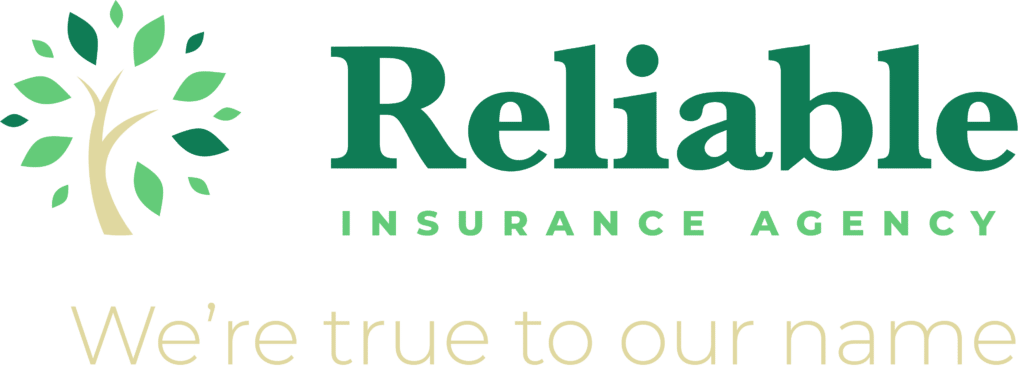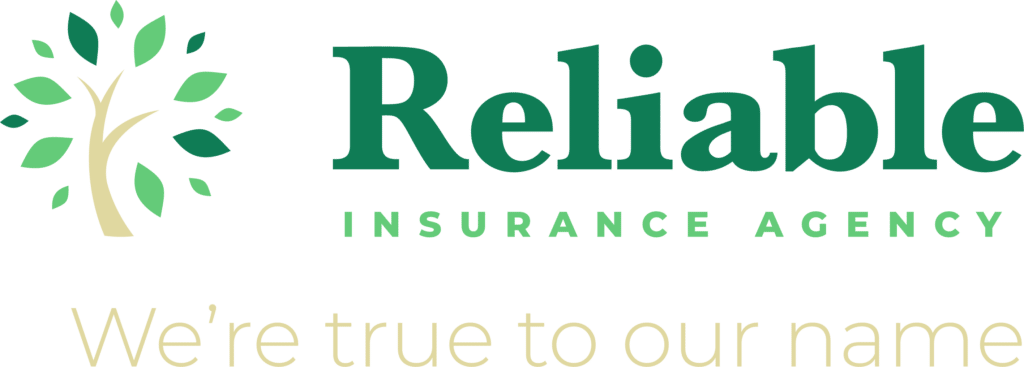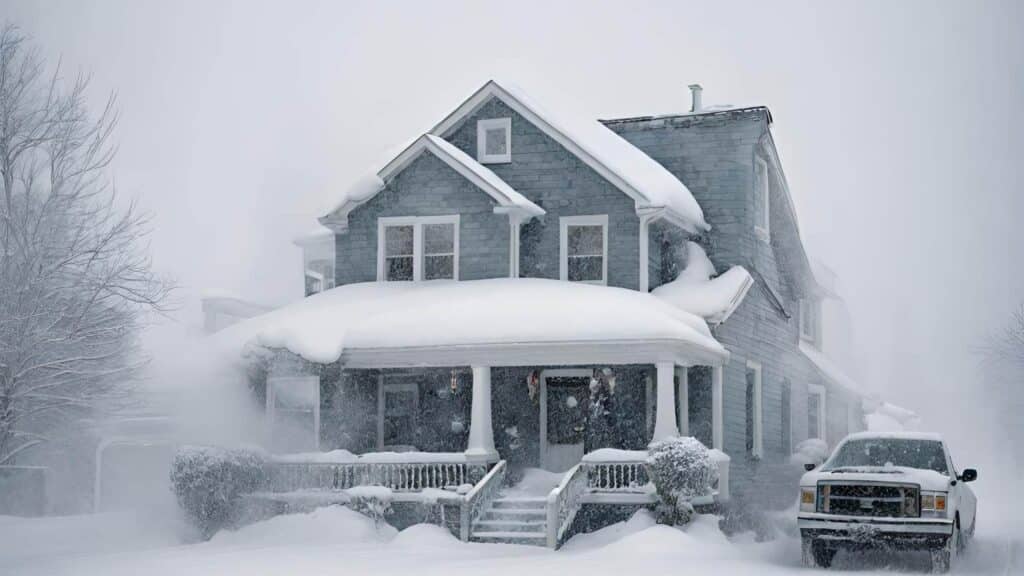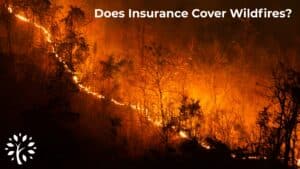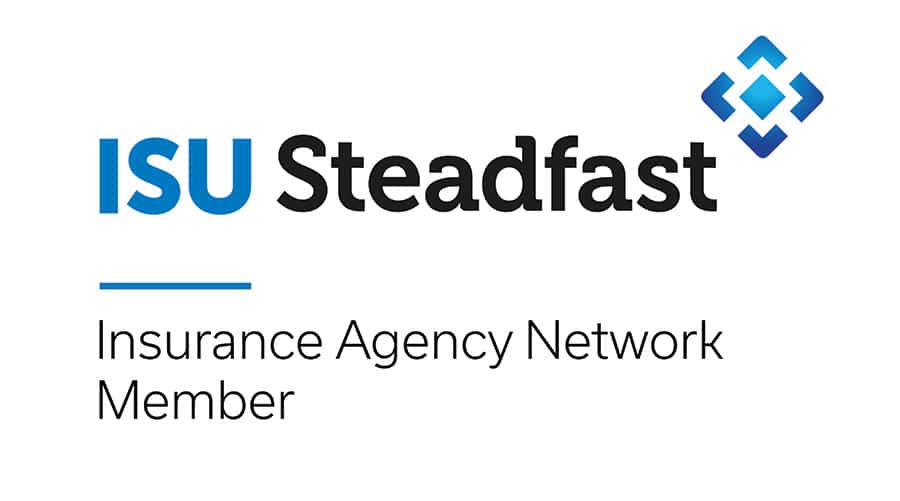As the snow season approaches, homeowners find themselves facing a unique set of challenges that can impact the structural integrity of their homes. The weight of accumulated snow and the formation of ice dams are serious concerns for many homeowners. Understanding the relationship between homeowners insurance and these winter-related issues is crucial for safeguarding your investment. We’ll highlight common risks associated with snow load, explore common claims such as collapsed roofs, cracked trusses and ceiling joists, and discuss how to protect your home from snow and ice-related insurance claims.
The Winter Threat: Snow Load and Its Consequences
What is Snow Load?
Snow load refers to the weight of accumulated snow and ice on a structure which can vary depending on factors such as geographical location, climate, and the design of the building. While picturesque snow-covered cityscapes are a winter delight, excessive snow accumulation can pose a serious threat to the structural integrity of your home.
A properly built home can easily handle up to 4 feet of fresh, fluffy snow. But heavier, dense snow, ice, and slush are a roof’s nemesis. A 12-inch snowfall typically weighs an average of 10 pounds per square foot. One inch of ice is just as heavy as 12 inches of snow. Snow settles over time and that beautiful blanket of snow on your roof gets heavier and heavier each time fresh snow falls. A new roof in northern Minnesota must be built to handle a minimum of 42 pounds per square foot (PSF) while in southern Minnesota they must withstand 35 PSF. The University of Minnesota Extension office has some great additional information for you to consider.
Potential Damages Caused by Snow Load:
- Collapsed Roof: The primary concern with heavy snow loads is the risk of a collapsed roof. The excess weight can strain the structural elements, leading to catastrophic failures. Homeowners insurance can play a crucial role in covering the costs associated with repairing or replacing a damaged roof.
- Cracked Trusses and Ceiling Joists: The pressure from snow load can cause trusses and ceiling joists to crack or warp. This structural damage may not be immediately apparent, but over time, it can compromise the stability of your home. Homeowners insurance can help cover the expenses of assessing and addressing these hidden damages.
- Ice Dams and Water Damage: As snow melts and refreezes on the roof, ice dams can form, obstructing proper drainage. This can lead to water seeping into your home, causing damage to walls, ceilings, and insulation. Homeowners insurance typically covers water damage resulting from such winter-related issues.
The Role of Homeowners Insurance:
- Dwelling Coverage: Dwelling coverage typically protects the structure of your home, including the roof and its supporting elements. In the event of a collapsed roof or cracked trusses, this coverage can help pay for repairs or reconstruction.
- Personal Property Coverage: If your belongings are damaged due to a roof collapse or water damage, personal property coverage can assist in replacing or repairing your possessions.
- Additional Living Expenses (ALE) Coverage: In case your home becomes uninhabitable due to snow-related damages, ALE coverage can help with temporary housing and additional living expenses.
Tips for Preventing Winter Weather-Related Damages
Preventive
- Regular Roof Inspections: Schedule regular inspections, especially before and during the winter months. Look for signs of wear, damage, or structural stress. If you’re uncomfortable doing this yourself, consider hiring a professional roofing contractor.
- Trim Overhanging Branches: Trim branches that overhang your roof to prevent the risk of falling limbs under the weight of snow and ice. This not only protects your roof but also reduces the potential for injury or property damage.
- Gutter Maintenance: Keep gutters clear of debris to allow proper drainage. Clogged gutters can contribute to the formation of ice dams, leading to water damage. Regularly clean gutters and consider installing gutter guards to prevent debris buildup.
- Snow Removal: Safely remove accumulated snow from your roof using a snow rake or hiring professionals. Be cautious not to damage roofing materials during the process. Removing excess snow can prevent the buildup of excessive snow load.
Structural Improvements
- Adequate Insulation: Ensure your attic and roof are well-insulated to maintain a consistent temperature. Proper insulation helps prevent the formation of ice dams, reducing the risk of water seeping into your home. Consult with a professional to assess and improve your insulation if necessary.
- Proper Ventilation: Working in conjunction with attic insulation, good ventilation in the attic helps regulate temperatures and prevents the buildup of moisture, reducing the likelihood of ice dams. Install or maintain vents as needed and ensure they are free from obstructions.
- Seal Leaks and Cracks: Inspect your home for any potential entry points for water. Seal leaks and cracks in your roof, walls, and windows to prevent water infiltration. This simple step can go a long way in safeguarding your home.
Be Prepared
- Monitor Weather Forecasts: Stay informed about upcoming weather conditions, especially heavy snowfall or ice storms. Being proactive and addressing potential issues before they escalate can save you from significant damages.
- Emergency Preparedness: Familiarize yourself with emergency procedures in case of severe weather-related events. Know how to turn off utilities and have an emergency kit ready in case you need to evacuate.
Home Maintenance Helps Prevent Emergency Home Repairs
By incorporating these preventative measures into your winter home maintenance routine, you can significantly reduce the risk of snow-related damage and ensure a safer and more secure living environment. Consulting with professionals for inspections and necessary repairs is a wise investment in protecting your home from the potential challenges of the winter season. For more information, refer to FEMA’s Snow Load Safety Guidance.
As winter approaches, ensuring your home is adequately protected against potential snow-related damage is essential. Understanding the relationship between homeowners insurance and claims due to snow load, including collapsed roofs, cracked trusses, and water damage from ice dams, empowers you to make informed decisions about your coverage. By taking proactive measures and investing in a comprehensive homeowners insurance policy, you can enjoy the winter season worry-free, knowing your home is safeguarded against unforeseen challenges.
Reliable Agency, Inc. is Here To Help!
Contact Reliable Agency, Inc. and one of our Personal or Commercial agents if you have any questions about your homeowner’s policy or if you would like to set an appointment for us to begin helping you with your insurance needs. We can help you determine how to be prepared for snow or ice-related insurance claims. With offices in Superior, Wisconsin and in Hermantown and Cloquet, Minnesota, we proudly serve the Northland and beyond!
